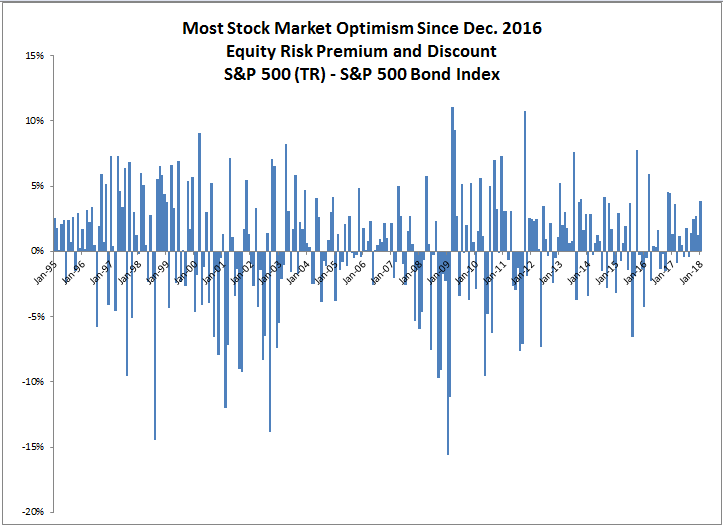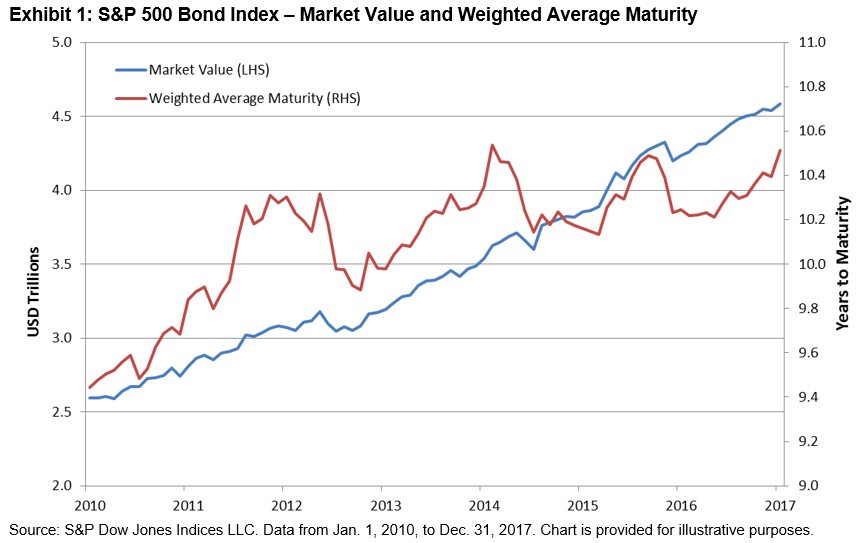A “canon” refers to the core texts that constitute the doctrine of a specific discipline. Different faiths hold certain letters and books as canon. The same can be said of a body of works that shaped and directed a culture. The original Ghostbusters is, obviously, a canonic comic film and anyone who suggests otherwise should be met with scorn and opprobrium.
While presenting recently to some indexing neophytes, I referenced a few of the important academic works that are foundational in the development of passive investing. Serendipitously, I discovered during my prep that the English word “canon” comes from the Greek “κανών”, which can be translated as “rule” or “measuring stick”. And benchmarks and indices are, of course, the measuring sticks for investment performance. How cool is that?
Here, therefore, are the works from my list. Seven texts from The Passive Canon…
“Portfolio Selection” by Harry Markowitz in The Journal of Finance (1952) – in this ground-breaking work, Markowitz introduces Modern Portfolio Theory (MPT). He demonstrated that the risk/return profile of a portfolio is determined by combining the expected risk and return of its component securities and their relative correlations. In doing so, he underscored the benefits of diversification – i.e. that a broad portfolio of holdings can offer greater risk-adjusted returns.
“The Performance of Mutual Funds in the period 1945-1964″ by Michael Jensen in The Journal of Finance (1965) – Jensen offered one of first studies that indicated active fund managers tend to underperform their benchmarks. This is a forebear of S&P DJI’s SPIVA research, which for 15 years has been the de facto scorecard for the passive vs. active debate.
“Random Walks in Stock Market Prices” by Eugene F. Fama in Financial Analysts Journal (1965) – herein, Fama coined the term “efficient market”. He conducted extensive research on stock price patterns and their unpredictability, positing that prices quickly incorporate available information. The underlying notion of this “Efficient Markets Hypothesis” is that it is very difficult, if not impossible, to consistently identify individual securities that are mispriced relative to their intrinsic value.
“A Random Walk Down Wall Street” by Burton G. Malkiel (1973) – Malkiel drew attention to concept of an index fund when he complained that “Fund spokesmen are quick to point out you can’t buy the market averages. It’s time the public could.” Three years later, the first mass-marketed index fund was introduced.
“Challenge to judgment” by Paul Samuelson in The Journal of Portfolio Management (1974) – any article that John Bogle credits as his inspiration for the first index mutual fund must be canonical. Samuelson contended there was insufficient evidence that money managers were skilled enough to produce consistent, market-beating returns. He mused, “At the least, some large foundation should set up an in-house portfolio that tracks the S&P 500 Index — if only for the purpose of setting up a naive model against which their in-house gunslingers can measure their prowess.” Shortly thereafter, Mr. Bogle picked up that gauntlet.
“The Loser’s Game” by Charles Ellis in Financial Analysts Journal (1975) – from the paper: “…most institutional investment managers continue to believe, or at least say they believe, that they can and soon will again “outperform the market.” They won’t and they can’t.” Written 40 years ago, Ellis’s proclamation could have easily come from today’s news. He points to a few reasons for this, chief among them that the markets are increasingly professional – active managers are trading against one another and both sides of that trade can’t be right.
“The Arithmetic of Active Management” by William Sharpe in Financial Analysts Journal (1991) – Sharpe lays out a clean, elegant construct that explains much of the underperformance of active: 1) Since passive investors own a pro-rata share of the market, active and passive investors in aggregate own the same portfolio; 2) Active management is inherently more expensive than passive management; 3) Therefore, “properly measured, the average actively-managed dollar must underperform the average passively-managed dollar, net of costs.”
Record-breaking passive asset flows are a very “now” phenomenon, but they’re properly evidence of an incremental advance rather than a seismic shift. This sampling of works – four of which come from Nobel Prize winners (Markowitz, Fama, Sharpe and Samuelson) – are the incremental contributions that have made it possible.
The posts on this blog are opinions, not advice. Please read our Disclaimers.

























































